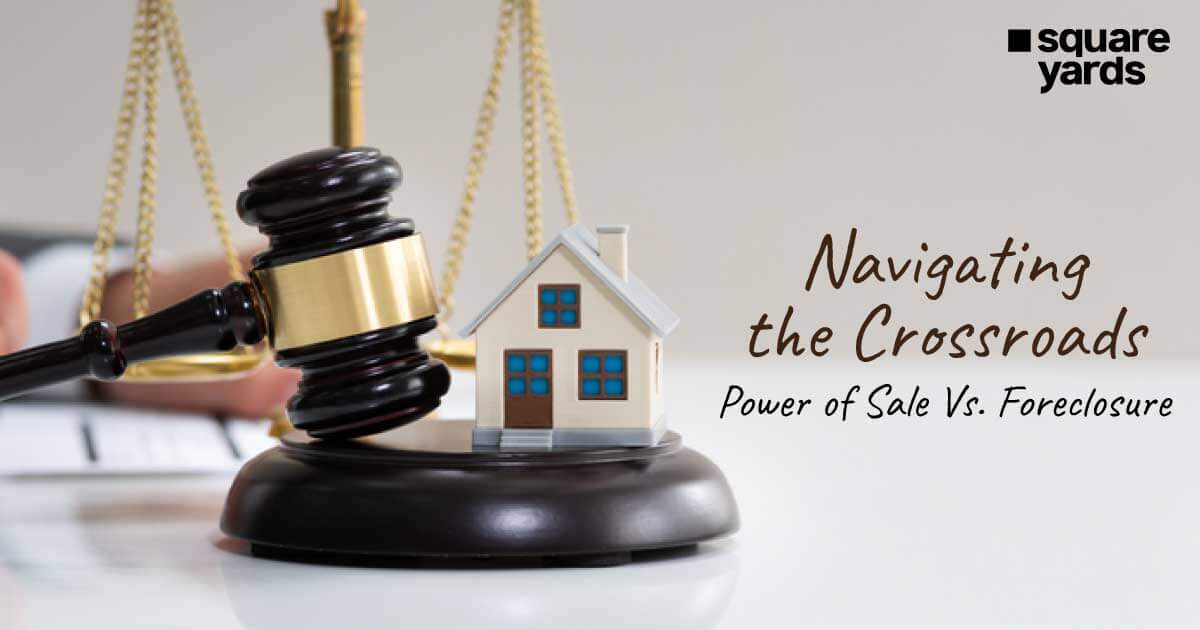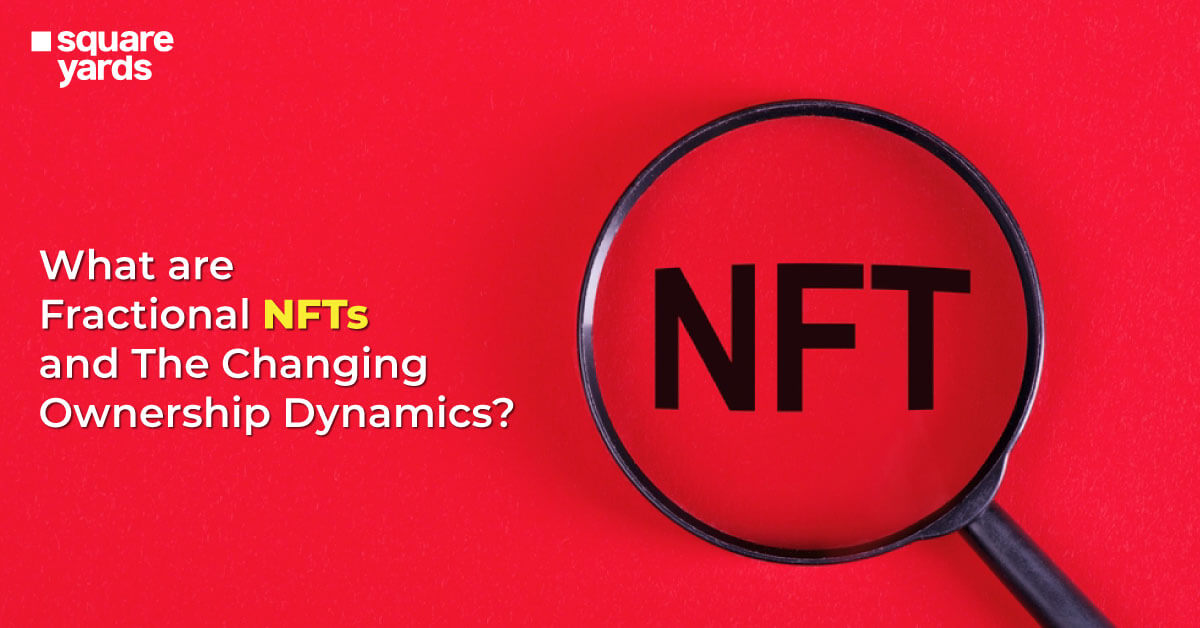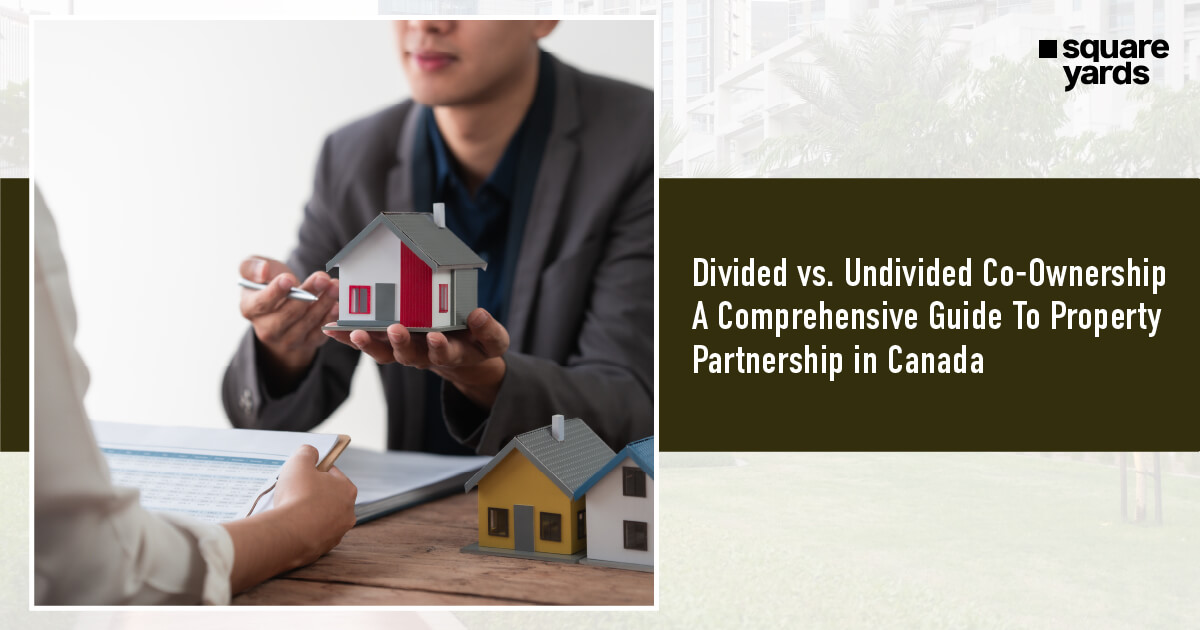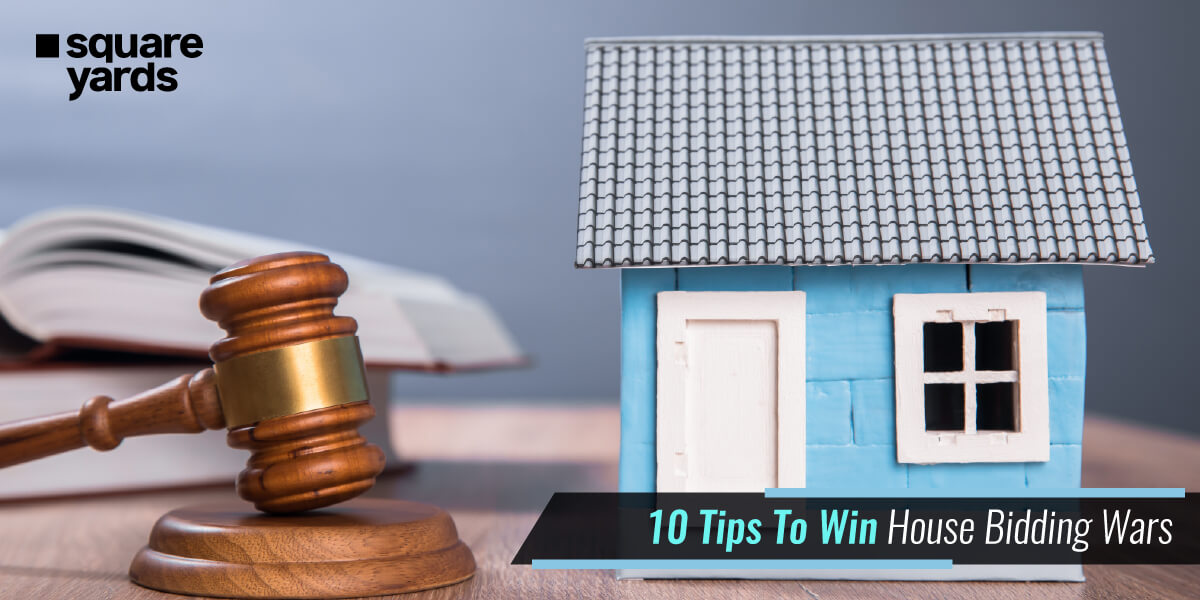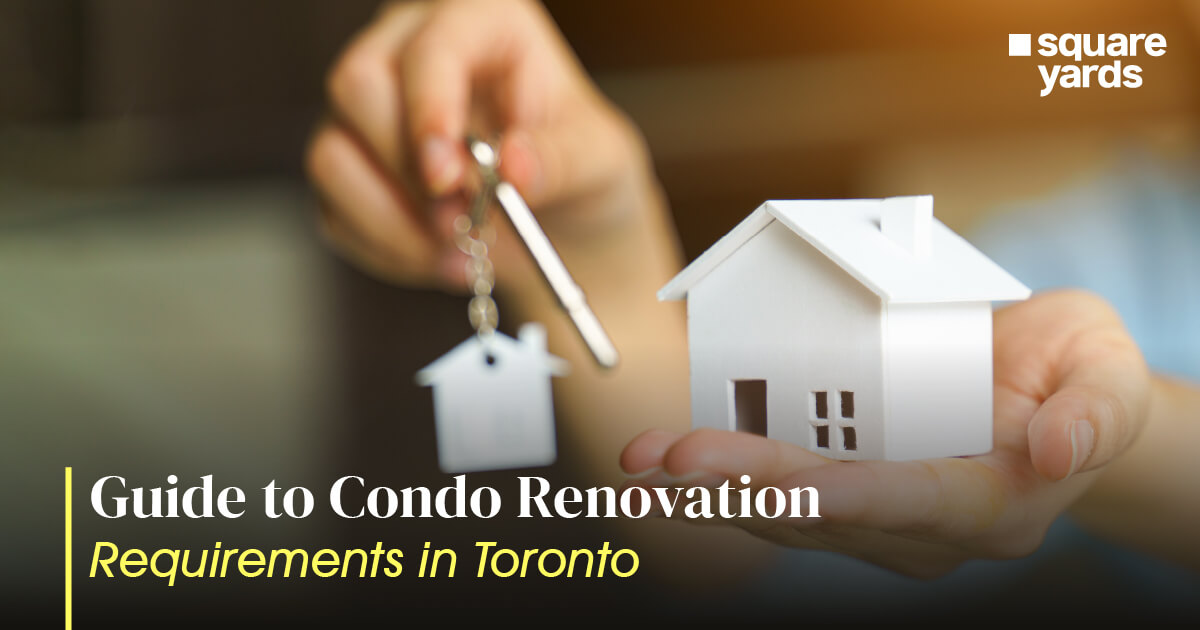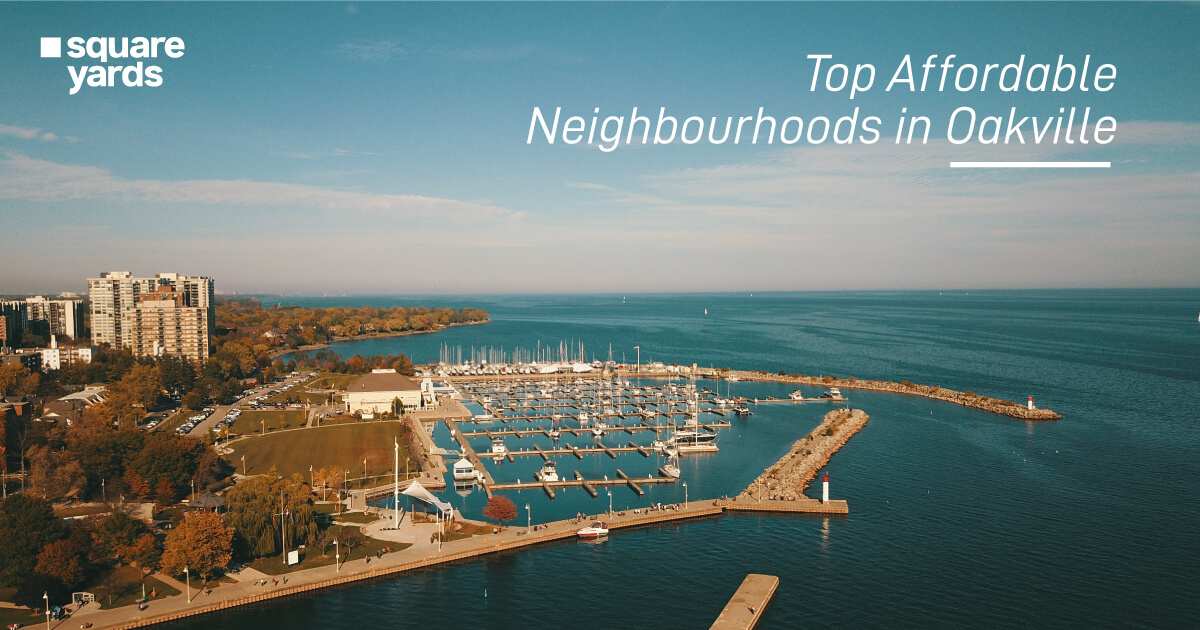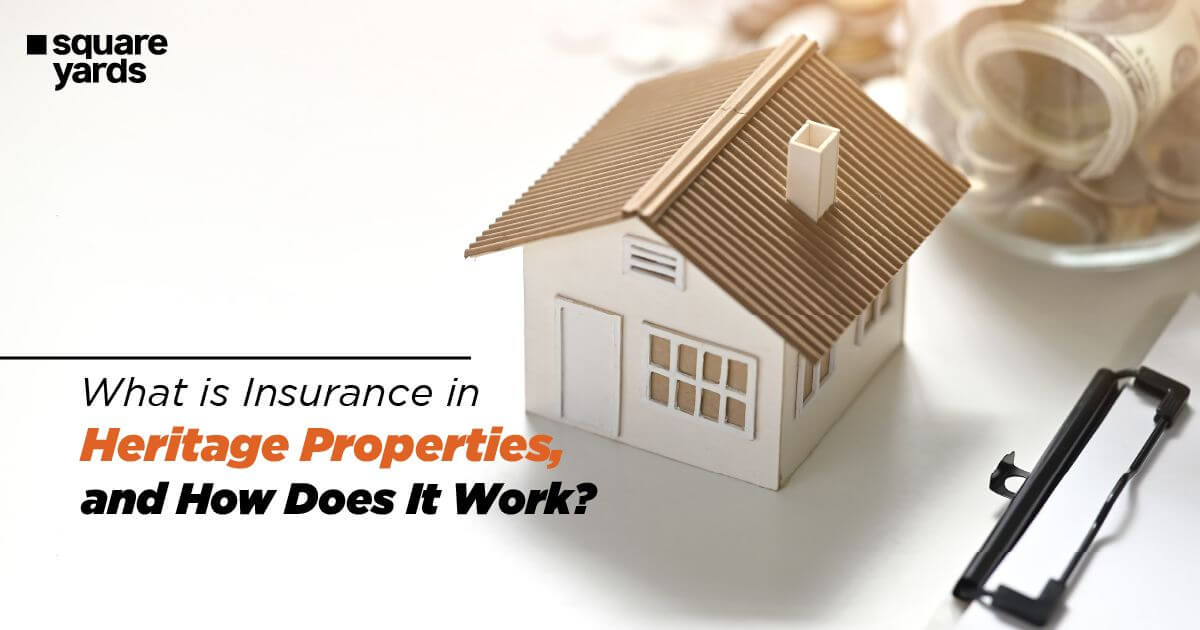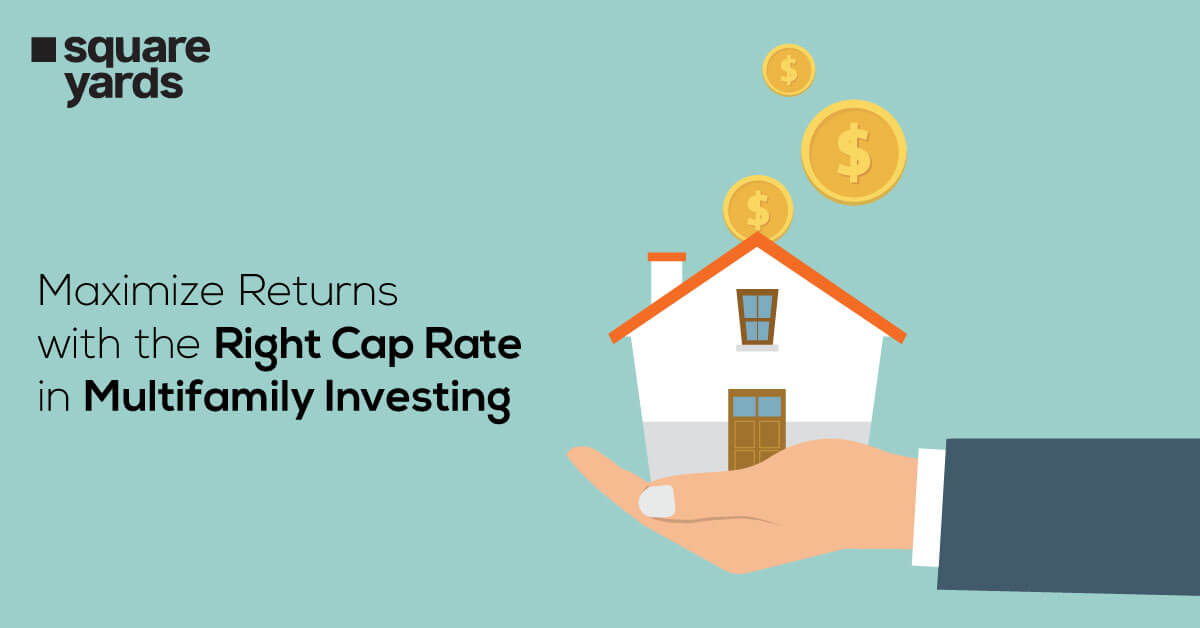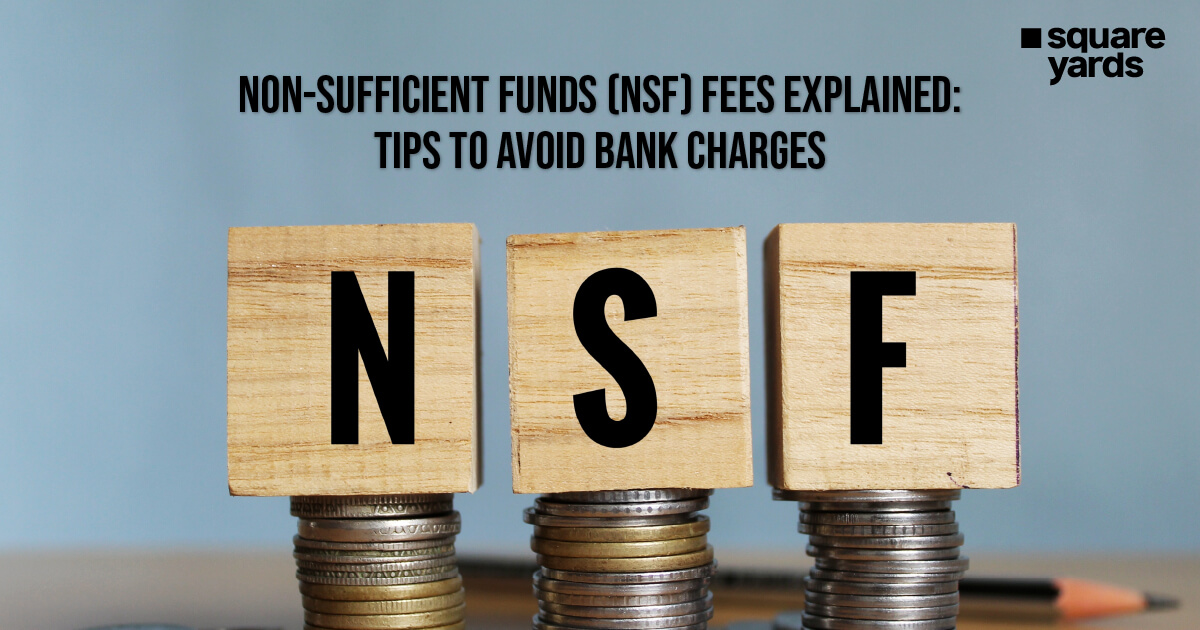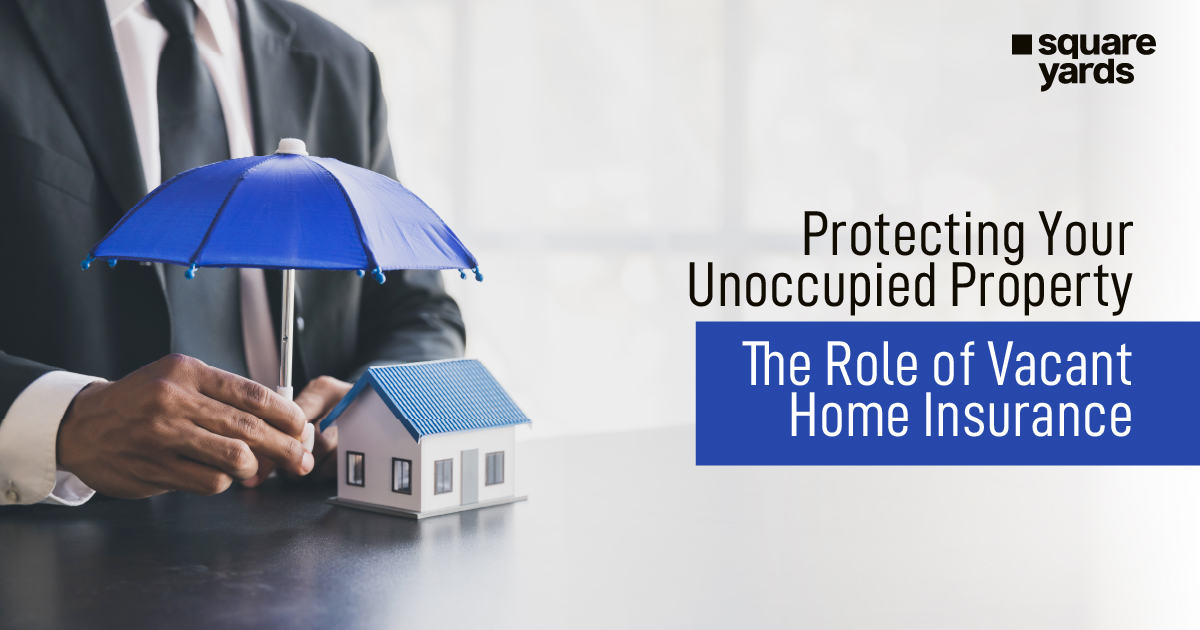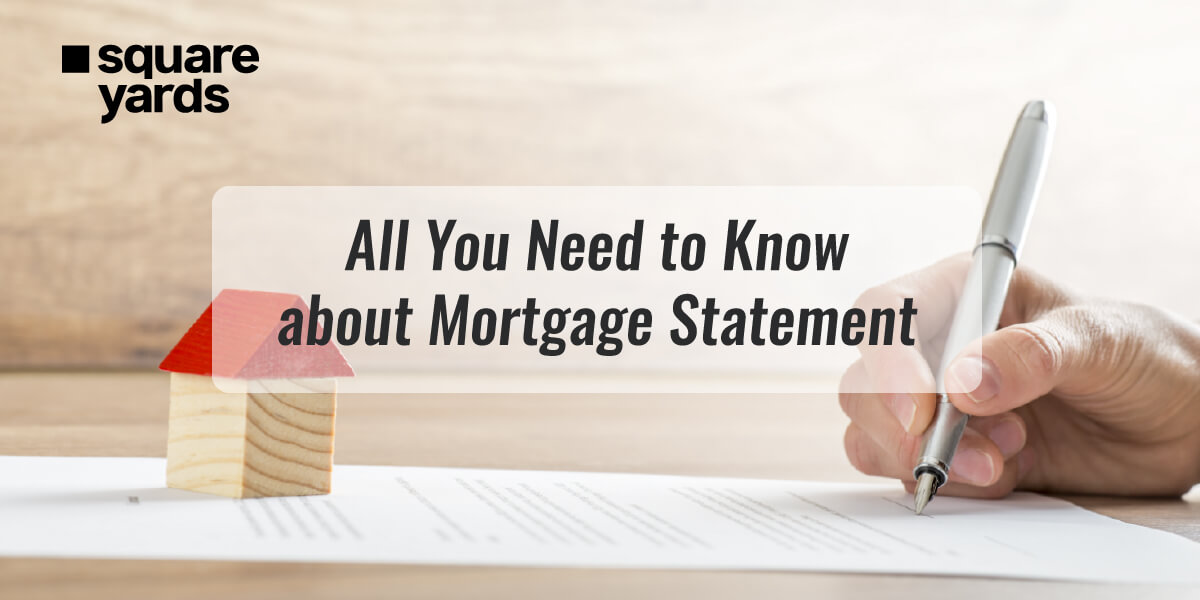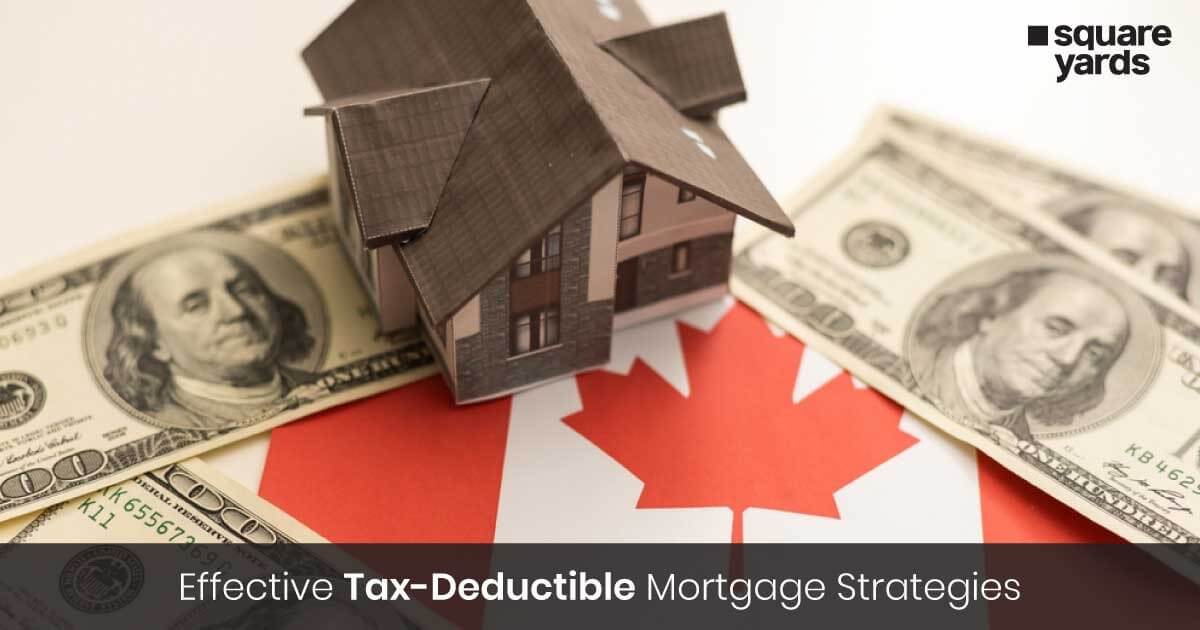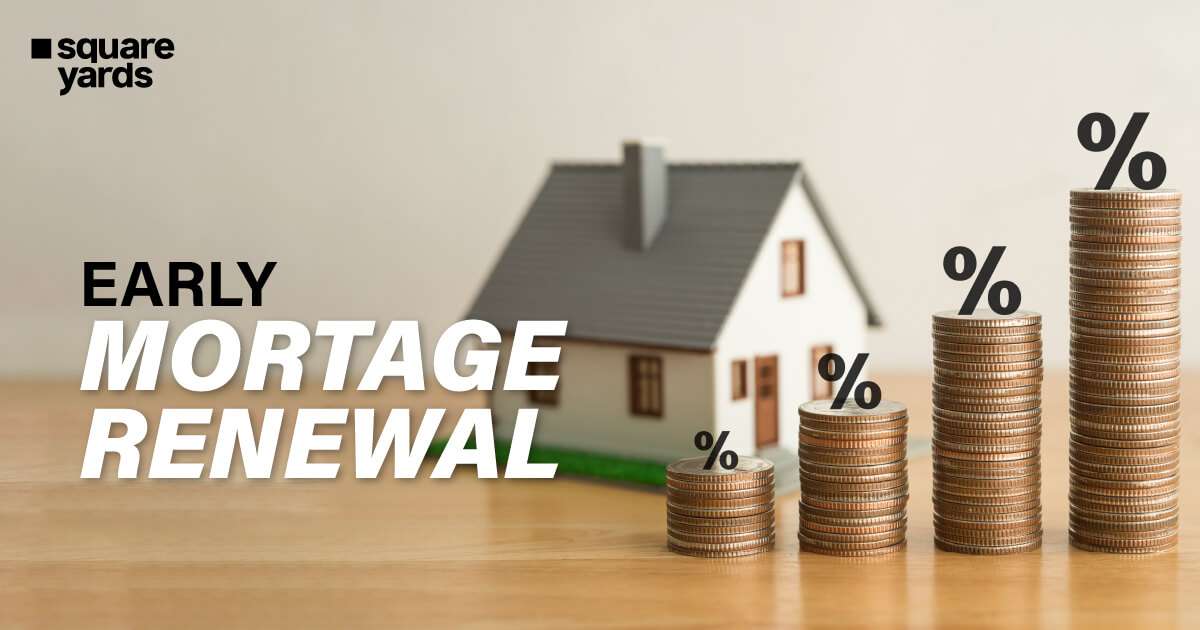Many Canadians are finding it difficult to make their mortgage payments or are forced to renew their mortgages at significantly higher rates due to the swift increase in interest rates. Even though they are both frequently used when discussing mortgage non payment, power of sale and foreclosure are very different procedures. A sale, in the most conventional sense, is a voluntary transaction between a buyer and a seller, usually facilitated by real estate agents, where both parties agree on the terms of the purchase, including the price. This process is typically straightforward, with the property being listed on the open market and potential buyers making offers based on the listed price. In contrast, a lender or other financial organisation will start the legal process of foreclosure if a homeowner does not make their required mortgage payments.
In Canada, foreclosure laws vary by province, but the process generally involves the lender taking legal action to terminate the homeowner’s right to the property. The property is then sold, often at a public auction, with the proceeds used to repay the outstanding mortgage balance and any related legal costs. Unlike a conventional sale, the homeowner has limited control over the process, and the impact on their credit score and financial standing can be significantly more detrimental. What more do you need to know? Keep reading below!
Comparing Power of Sale and Foreclosure: Key Distinctions

The lender imposes a sale on the open market via a power of sale. They receive all the money that is owed to them, while the present owner keeps any remaining earnings. In a foreclosure, the lender seizes the property and retains all sales proceeds.
Power of Sale: What is it?
Most lenders prefer to proceed with a power of sale instead of a foreclosure. In doing so, the homeowner can settle their obligation and turn a profit. The mortgage lender can remove the property’s residents through a power of sale. If the borrower defaults on the mortgage, they can sell the property. However, this is not what you may be picturing. It’s not like a house on the front lawn auction where the house sells to the highest bidder. The lender must sell the property via a power of sale for its fair market value. It can’t be offered at a steep price. Under a power of sale, the lender forces a sale even though the owner retains ownership because they are behind on payments.
Any proceeds from the sale, after subtracting any applicable third-party fees and debt repayment, are given to the homeowner. These could include real estate commissions, third-party expenses, legal fees, and mortgage defaults and penalties. Lenders usually do not make more money by completing the power of sale because all the excess earnings go to the former homeowner. Compared to foreclosure, a power of sale procedure moves significantly quicker and involves the court system less. While most power-of-sale transactions are finished in six months or less, foreclosures might take longer.
Foreclosure: What is it?
The lender can obtain title to the property via the foreclosure sale process (in contrast to a power of sale, in which the owner retains ownership). In a foreclosure, the lender must file a lawsuit against the property owner and wait for the court to decide. It is going to take a lot more effort from all of us. This not only takes longer, but it also means the lender’s attorneys have to handle a lot more legal paperwork. The lender obtains title to the property upon completion of the foreclosure. Future sales proceeds from the property will not be given to the previous owner. This implies that the lender can profit handsomely from foreclosure if the mortgage significantly exceeds the property’s value.
What are the Causes of Power of Sale and Foreclosure?
Since March 2020, a difficult mix of COVID-19 and increasing interest rates has wreaked havoc on some companies. Therefore, the terms ‘Power of Sale’ and ‘Foreclosure’ appear in the news much more frequently. However, how does a homeowner arrive at this stage of the procedure? The procedure starts when the homeowner, or borrower, ignores their commitment and defaults by skipping payments on their mortgage. Usually, the borrower has missed one or more mortgage payments, ignored calls from the lender, and not been in contact with them. This is not a smart concept.
Given below are some of the main causes of power of sales and foreclosure:
Default of Mortgage Payments

The borrower’s incapacity to make timely mortgage payments is the most frequent reason for both power of sale and foreclosure. This may result from bad money management, unforeseen costs, job loss, or financial difficulty.
Breach of Mortgage Terms
Not just late payments, but any breach of the mortgage agreement may set off these procedures. This includes not paying property taxes, keeping up with property insurance, or breaking any other rules outlined in the mortgage agreement.
Economic Factors
A loss in property values can result from recessions, economic downturns, or real estate market drops. Homeowners may experience financial difficulty and default if they owe more on their mortgage than the value of their property.
Increase in Interest Rates
Interest rate hikes can cause monthly payments for borrowers with adjustable-rate mortgages to grow dramatically, sometimes when the borrower cannot make the payments and defaults.
Personal Circumstances
Divorce, illness, or the death of a family member are examples of life events that can cause financial instability and make it more difficult for a borrower to fulfil their mortgage payments.
Overextension of Credit
Mortgage payments may get unpaid on time if borrowers overextend themselves by taking on more debt than they can afford, such as multiple mortgages or large amounts of consumer debt.
Property Damage
Let us say a property suffers significant damage that the homeowner cannot afford to repair or that is not covered by insurance. In that case, the property’s value may be significantly reduced, which could result in a mortgage default.
Navigating the Process for a Power of Sale or Foreclosure?
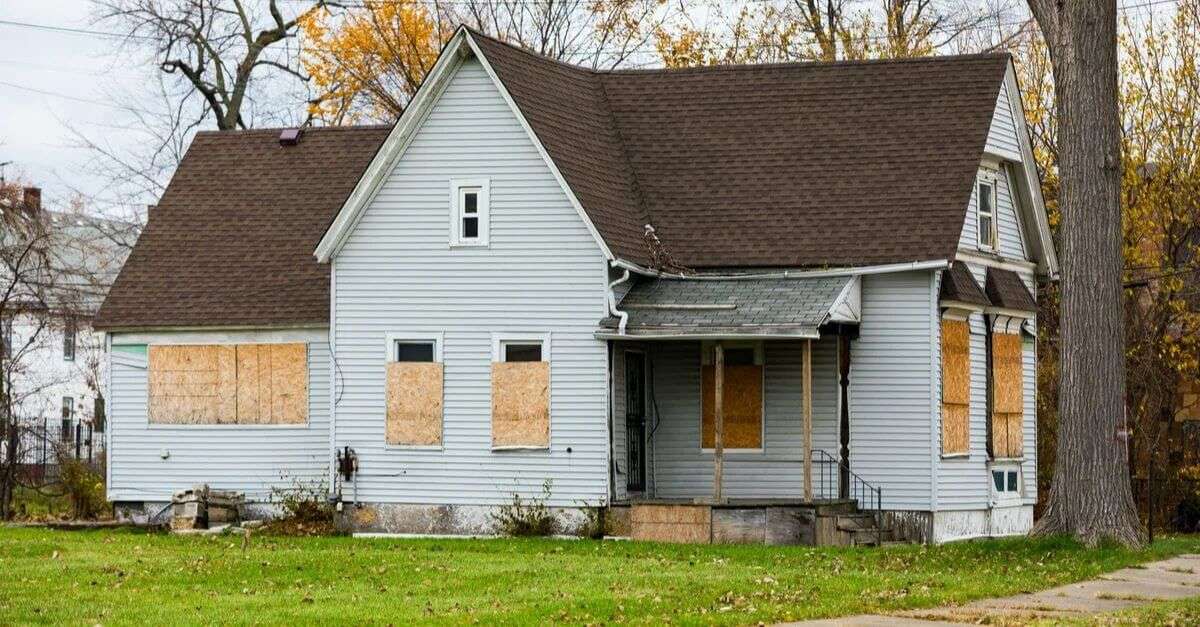
As previously said, foreclosure and power of sale are the last options. Simply put, the lender doesn’t show up on your doorstep or abruptly change the locks. These processes share numerous legal documents. Both situations start with a formal legal proceeding, like a notice of sale. Subsequently, the Writ of Possession and the Statement of Claim are sent after thirty to forty days. It will be apparent in the Statement of Claim whether this is a power of sale or foreclosure.
Step One: Contact with the Borrower
The lender has to get in touch with the borrower after default. This is typically accomplished with a written demand letter that is delivered in person or sent via registered mail. This letter informs the borrower that they are behind on their payments and allows them to make things right.
Step Two: Issuing the Notice of Sale
The lender may serve a Notice of Default or a Notice of Sale if the borrower disregards Step 1 and defaults. This is possible only once the default has occurred for at least 15 days. The lender must wait 35–40 days following the Notice of Sale’s mailing before taking additional action. We refer to this as the ‘redemption period.’
Step Three: The Grace Period for Reinstatement
The borrower is granted a redemption period to pay off all their mortgage debt, including attorney fees, or reinstate the mortgage. The lender may send a Statement of Claim if the borrower decides not to make the necessary corrections during the redemption period. This gives them the power to seize the property and get the borrower to pay up.
Step Four: Filing for Ownership Transfer of the Property
A default judgement, also known as a deficiency judgement, may be obtained by the lender after it has issued and served a Statement of Claim. The lender has to apply to ask the court to grant permission to issue a Writ of Possession after signing the default judgement. The lender issues and gives the sheriff a Writ of Possession. The sheriff sets a date for evicting any borrowers residing at the property. They’ll offer them an opportunity to vacate the premises. The sheriff may arrange for the debtors’ deportation if they refuse to depart independently. This is an exercise of the power of sale.
Step Five: Handing Down the Property
The lender or mortgage company might go forward once tenants leave the home. The property will be offered for public sale. The mortgaged property must be sold at fair market value, not at a significant discount. Ideally, this kind of transaction would go through quickly and go to the highest bidder. This is to guarantee that the money borrowed is repaid to the lender. At the closing, ownership of the property is transferred. Foreclosure can take over a year, while the power of sale process typically takes six months.
Can a Homeowner Halt the Procedure of Power of Sale?
Yes, a homeowner can stop the power of sale process. Still, their alternatives and viability will depend on the legal framework in their area and the particulars of their mortgage or loan arrangement. Generally speaking, a homeowner can halt or postpone the power of sale procedure in a few basic ways:
Repayment of Arrears
The simplest way is for the homeowner to pay the remaining arrears and any late fines and attorney fees the lender has incurred up to that moment. By taking this step, you can halt the power of the sale process and restore the mortgage’s good status.
Loan Modification or Refinancing
The homeowner has two options: refinance the loan entirely with the same lender or another lender, or work out a loan modification with the lender to make the mortgage payments more bearable. Lowering the monthly payment can entail extending the loan’s length, modifying other terms, or lowering the interest rate.
Selling the Property
The homeowner may sell the property before the power of sale is finished if they have equity. This helps the homeowner avoid the bad effects of a power of sale on their credit history by enabling them to pay down the mortgage and possibly keep any money left over after the sale.
Filing for Bankruptcy
Sometimes, the automatic stay imposed once bankruptcy procedures start can make it possible for the power of sale process to be temporarily stopped by filing for bankruptcy. It should be noted that while this is a complicated legal proceeding, the homeowner’s credit score and financial status may suffer in the long run, and the sale of the house may still proceed.
Seeking Legal Advice
It is recommended that homeowners who are in danger of a power of sale consult with a lawyer. A lawyer can assist in negotiating with the lender, evaluate the mortgage agreement, and provide legal advice regarding the homeowner’s rights. If the lender fails to follow the necessary legal procedures or procedural problems, legal action may be necessary to halt or delay the power of sale. Homeowners must act quickly to halt the power of the sale process, as options may become more limited as the process advances.
Conclusion
After navigating the complex terrain of the power of sale and foreclosure, it is evident that although both procedures are rooted in the regrettable event of loan failure, they follow different routes with unique financial, emotional, and legal ramifications for lenders and homeowners. Homeowners have a limited window of opportunity to restore their standings, but lenders can get a quicker, less expensive resolution through the power of the sale process. Conversely, foreclosure starts a longer legal journey and may result in higher credit score consequences and additional legal expenditures. It also takes more time to complete.
You May Also Read :
|
Guide To Real Estate Investment Trusts |
|
|
All About Property Lien in Canada |
|
|
Guide To Easement on Property |
|
|
Explore Prohibition Act in Canada |
Frequently Asked Questions (FAQs)
The primary distinction between a power of sale and foreclosure is who initiates the sale of a property that has fallen into default and the legal procedure involved.
When a borrower violates the terms of the loan agreement, usually by not making mortgage payments, a lender or mortgage holder is legally entitled to take ownership of or sell a property. This legal authority is known as the right of foreclosure or sale. The lender can recoup the outstanding loan balance thanks to this right.
When a borrower defaults on a mortgage payment, a lender or mortgage holder may take legal action to seize and sell the property. This process is known as foreclosure in the mortgage industry. What is the difference between foreclosure and sale?
What is the right to foreclosure or sale?
What is a foreclosure on a mortgage?

